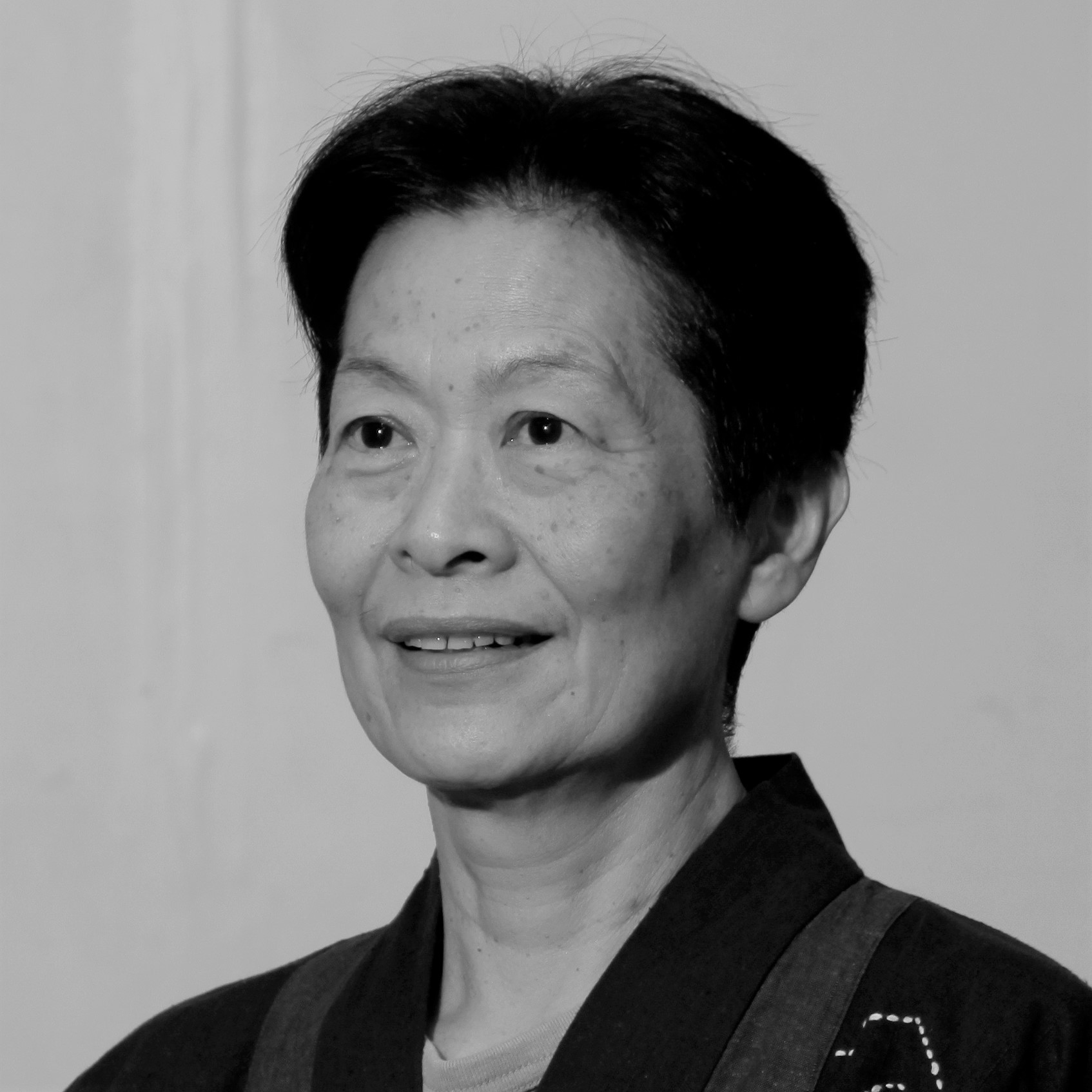- Home
- March 2023
- NCP 1971 vs. DAKEN 2021: Ethnoculturalism or Cultural Diversity?

Previous Post
Time to Make Music a Central Part of Malaysian Education
4 min read
ONE OF THE most important lessons my father taught me was appreciating music. He thought it important that my brother and I could manage both music and academic...
Next Post
Jimmy Boyle: The Man and His Music
10 min read
Probably one of the most brilliant and imaginative musicians in the Federation today….. As a Malayan Musician, Jimmy is in a class by himself. His technique is...
You might also like
Imagining National Culture: Lessons From Bangsawan
6 min read
IN THE FIRST half of the 20th century, Bangsawan, or Malay opera, started incorporating the latest Anglo-American dances and music into its already cosmopolitan...
Words and Music—Two Sides of the Sense of Hearing
3 min read
MUSIC HAS ALWAYS been a phenomenon to savour for the great thinkers. One can sense how these master craftsmen of words relished being stumped when it came to an...
Discourse on Sustainability and Indigeneity: PERA + FLORA + FAUNA 2022
4 min read
Photos by PORTPERA + FLORA + FAUNA (PFF) was one of eight “must-see” exhibitions held during the 59th International Art Exhibition of Venice Biennale, themed Th...


--.jpg)


